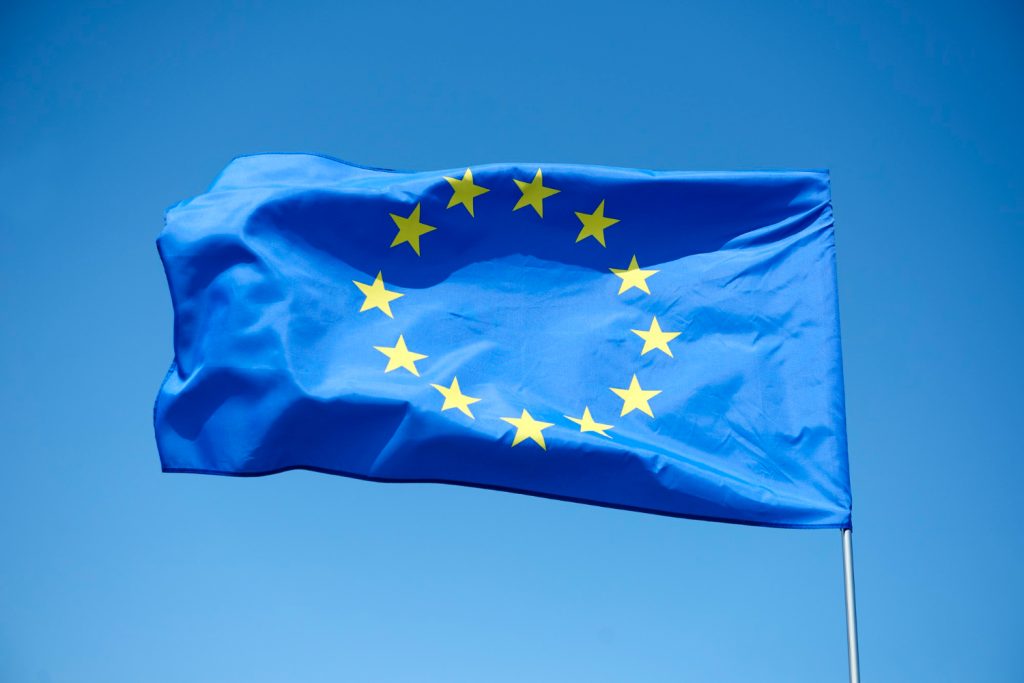Your cart is currently empty!
EU’s Gender Self-Identification Proposal Sparks Fierce Global Debate

The European Commission has released its “Union of Equality LGBTIQ+ Equality Strategy 2026-2030,” a document that outlines a new vision for gender recognition across the 27-member bloc. The strategy has ignited a fierce international debate by recommending that member states base their laws on individual self-determination, free from medical gatekeeping and, most controversially, “free from age restrictions.”
What Is the Proposal All About?
The core of the proposal is the call for member states to develop and share best practices for legal gender recognition (LGR) procedures based on self-determination. This model would remove requirements for medical or psychological diagnoses, such as a GP’s approval, which is currently a practice in countries like Britain.
The Commission report highlights the vast differences in current EU laws: of the 27 member states, only nine presently allow for self-identification, while 12 still impose medical requirements for a legal gender change.

Beyond LGR, the strategy adopts an intersectionality framework. This approach considers how a person’s sexual orientation or gender identity combines with other characteristics—such as sex, racial origin, religion, or disability—to create “unique experiences of discrimination.”
The document also addresses “conversion practices,” interventions that seek to change a person’s sexual orientation or gender identity, labeling them “deeply harmful.” Furthermore, the proposals hint at a potential enforcement mechanism, suggesting that “discriminating regions” that do not comply with the EU’s “values” could face having their funding blocked.
How This Proposal Fares With Existing Global Laws

The EU’s proposal enters a deeply fractured and rapidly shifting global landscape. For years, the standard for self-determination was Argentina’s pioneering 2012 “Ley de Género,” the world’s first law to allow individuals to change their legal gender based on a simple declaration, without medical or judicial approval.
Other countries, including Iceland, have since adopted self-ID models with no lower age limit, making the EU’s proposal an attempt to standardize a model that already exists in some European pockets.
This push for self-determination stands in sharp contrast to more medicalized models, such as the United Kingdom’s 2004 Gender Recognition Act. The UK law requires an applicant to be over 18, provide a medical diagnosis of gender dysphoria, and prove they have lived in their acquired gender for at least two years. The EU strategy seeks to move all member states away from such “pathologizing” requirements.

However, this proposal also arrives amidst a significant and growing international counter-trend of medical and legal caution, particularly concerning minors.
In the United States, a June 2025 Supreme Court ruling (United States v. Skrmetti) affirmed the constitutionality of state-level bans on gender-affirming care for youth. Even more striking, Argentina’s new government issued a decree in 2025 that effectively reverses its landmark 2012 law for minors, now prohibiting access to gender-affirming care for anyone under 18. This places the EU’s strategy in direct opposition to the latest policy shifts in other key nations.
Real-World Impact
At its core, the proposal seeks to depathologize transgender identity and establish a unified, rights-based standard across the EU. Instead of the current patchwork of disparate laws—some medical, some based on self-ID—the strategy aims to establish individual autonomy as the foundational principle. By framing gender identity through the lens of self-determination and intersectionality, the Commission is attempting to align the bloc’s policies with interpretations of human rights law that view medical and psychological barriers as potentially discriminatory.
The proposal has been met with immediate and sharply divided feedback, drawing both strong criticism from rights groups and stark warnings from established medical bodies.
Social concerns

The proposal has been met with immediate and sharp criticism from various advocacy groups, who raise several significant social repercussions.
- Concerns over “Social Contagion” and Censorship Critics, such as Stefano Gennarini of the Center for Family and Human Rights (C-FAM), have expressed concern over the role of “social contagion,” suggesting that peer and social media influence is a key driver in the rise of transgender ideation among minors. This critique is often paired with concern over the proposal’s call to combat “cyber incitement” and “hate speech.” Opponents argue this will be used to “censor and suppress any attempts to oppose transgender ideology,” thereby stifling open debate and parental oversight.
- Erosion of Sex-Based Rights for Women and Girls Sex-based rights campaigners have argued the proposal will have “devastating consequences for women and girls,” as stated by Maya Forstater of Sex Matters. The European women’s rights group Athena Forum echoed this, stating that women are being “silenced” by the EU. The core of this argument is that replacing the legal category of biological sex with self-determined gender identity undermines sex-based protections, private spaces, and opportunities that were originally established for women and girls.
- Critiques of Institutional and Ideological Capture A third line of social critique focuses on the policy-making process itself. Forstater characterized the strategy as the result of a “pernicious capture of EU institutions” by “gender activists.” This perspective argues that the proposal is not a reflection of broad societal or scientific consensus but rather the successful lobbying of a specific ideological movement, leading to a policy that bypasses necessary democratic debate and safeguards.
Medical Issues

The debate is further complicated by recent statements from several European medical and health institutions that have urged caution regarding medical interventions for gender-diverse youth.
- France: In 2022, the French Academy of Medicine released a statement advising that “Great medical caution must be taken in children and adolescents, given the vulnerability, particularly psychological, of this population and the many undesirable effects, and even serious complications, that some of the available therapies can cause.”
- United Kingdom: The British National Institute for Health and Care Excellence (NICE) conducted a review of studies used to justify chemical interventions like puberty blockers. It concluded that “The quality of evidence for these outcomes was assessed as very low certainty.”
- Sweden: Reflecting this cautious approach, the Karolinska University Hospital in Stockholm notably banned the use of hormone blockers for minors in May 2021.
These institutional warnings emphasize the complexity of the medical science involved and advocate for a more reserved approach than that of rapid affirmation.
Balancing Self-Autonomy and Due Precaution
The European Commission’s proposal has brought a sensitive and deeply divisive issue to the forefront of EU policy. The debate places the principle of individual self-determination and human rights in direct tension with the principle of medical and psychological precaution for minors.

On one side, the strategy aims to remove legal and medical barriers, framing self-identification as a fundamental right. On the other, vocal critics and established medical bodies raise significant alarms about the potential for irreversible harm, the lack of high-certainty evidence for interventions, and the role of social factors. As member states consider these recommendations, they face the complex challenge of balancing individual autonomy with the profound responsibility of safeguarding the long-term well-being of children and adolescents.
